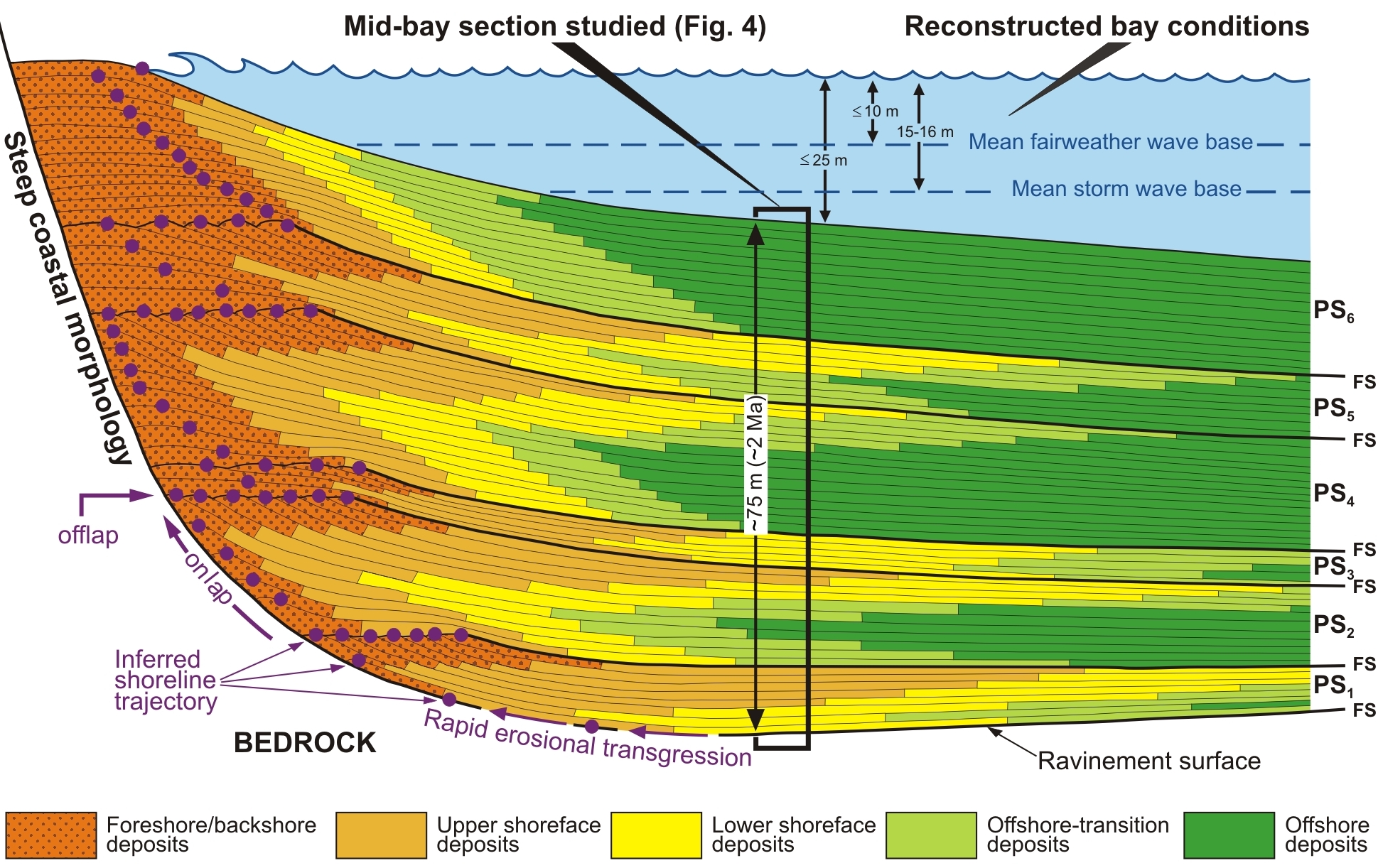About the course: This workshop presents the concepts and practical applications of sequence stratigraphy for petroleum exploration and production. All concepts are illustrated with examples of seismic, well-log, core, and outcrop data. The exercises emphasize the recognition of sequence stratigraphic surfaces and systems tracts on well-log cross-sections, seismic lines, and outcrop profiles. This enables the practitioner to eliminate nomenclatural or methodological confusions, and apply sequence stratigraphy effectively for facies predictions in exploration and production.
Learning objective:
- To develop a thorough understanding
of relative sea-level changes and their effect on the distribution of source
and reservoirs rocks.
- To create an awareness amongst
participants about the limitations of litho-correlation and the benefits of
chrono correlation.
- To prepare participants for
realistic facies modelling in the creation of geo- models.
Duration: 15+ hours
Outcome from this course: Top performers will get a fix
internship opportunity in “Rezlytix”.
Topics to be covered:
1) Introduction
- Differentiating lithostratigraphy & sequence stratigraphy
- Problem statements of lithostratigraphy
- Defining Sequence stratigraphy, processes and applications
- Understanding depositional system
2) Fundamentals
- Defining sequences
- Explanations of hierarchical orders of sequence set
- Understanding variables in sequence formations
- Concept of Inflection point & Equilibrium point
3) Cycle chart
- Defining Cycle chart
- Introduction of sequence boundaries and internal architecture
- Concept of accommodation space
4) Systems tract
- Definition of Systems tract
- Systems tract formation
- Types of Systems tracts
- Systems tract and Petroleum system
5) Deep marine depositional system
- Processes
- Understanding of Newtonian and Non-Newtonian flow
- Slide to Turbidity current and resultant deposits
6) Biostratigraphy
- Importance of Biostratigraphy in understanding depositional cyclicity
- Importance of patterns of fossil distribution
- Integration with other data to establish sequence patterns
7) Sequence interpretation from Electro
log
- Understanding grainsize distribution from electro log
- Establishing different systems tracts and sequence boundaries from the patterns
8) ML and AI in geological
interpretation
- Help from ML and AI for managing huge data set
- Automated stratigraphic classification
- Use of supervised machine learning algorithms to label subsurface formations in wells.
9) Application
- Generation, migration and entrapment scenario from the ideas of Sequence stratigraphy
- Understanding of GME components in each Systems tract Importance in petroleum exploration.


